While we talk about digital presence of Nepal Government (GoN) for electronic service delivery to its citizens (precisely service seekers), the simple & better reply would be “there is no any such thing as digital delivery” in here. Hey, wait – that is just a commoner’s viewpoint. There are a lot of things happening in Nepal recently over the past decade in terms of e-Government system. However, in this article we are focusing on the Nepal Government’s criteria of evaluating the performance (popularly known as MCPM) of the local government bodies (LBs) and the intervention of ICT into these evaluating and performancing factors.
Every year Nepalese government conduct MCPM “Minimum Conditions and Performance Measurement” for its local bodies namely, District Development Committees (DDCs), Municipalities and Village Development Committees (VDCs) as a basis to determine the minimum criteria met by those local bodies for the next year’s budget and program allocation from the central government. Along side the Minimum Conditions (MC), there is another part Performance Measurement (PM) – whatever the terms are they both aid LBs in gaining monetary and other support from the government if they met MC or score higher on the rank or the budget grant is deducted if any LBs fail to meet MC/PM.
MCPM Indicators
Due to the complex and minuscule nature of VDCs, we are here concerned with the e-Governance and MCPM of the municipalities and DDCs only. Among multiple MCPM procedures, few of them have been assigned or associated with ICT for Development (ICT4D) or in terms of integration – e-Government parameters. There are two criteria each in MC and PM for municipalities to follow on their website, and 2 MC plus 4 PM for the DDCs. Note that, we are explicitly mentioning the term “to follow MCPM requirements on their website” – meaning MCPM requires these numbers of MCs+PMs to be included on the LB’s website. And pathetically, we are bound to describe this inclusion as a form of e-Government in Nepal’s local bodies.
There are also other practices regarding the usage of ICT facilities and services at the LBs for service delivery and intake, like software applications for service deliveries – however – MCPM has been so attached with public information dissemination via official LB government website.
The MCPM website indicators basically focuses on disseminating government reports and data to the public within specific days of conducting public hearing/audits/annual reports and similar events. One loop within the indicators itself is “all local bodies – DDCs & Municipalities – should have their regularly updated websites” which gives some room for the LBs to fulfill their MC. This is because this is the indicator inside the indicator – when one indicator is fulfilled another gets filled automatically (should we call it a loop hole?)
Performance Measurement (PM), the better side of the full piece MCPM supports LBs with their budget grant from the central government – which however is above the requirement criteria of MC, so PM generally reflects better e-Governance of the local bodies. Government procurement processes and the next/upcoming fiscal year’s programs plus project priority listing leads to open government and accountability within the LBs.
On the other technical side of the PM, the local bodies should have their own official government website on Nepal government’s Top Level Domain (ccTLD) which is .gov.np and the corresponding official email address. Of all, there should be a provision of an assigned (this should have been dedicated) personnel to look after the LB website and its regular update, email and other public information dissemination including social audit. This practice is generally camouflaged in many local bodies as the assigned staff is assigned based on the hierarchy and not on the ICT capabilities.
The other, still electronic, part of performance measurement for the urbanizing municipalities is to make government data public via radios or the printed media. The overall rating of MCPM for all DDCs, VDCs and Municipalities is conducted by Local Bodies Fiscal Commission (LBFC), Ministry of Federal Affairs and Local Development (MoFALD). The published result has the mark categorized for MC and PM separately along with the grant the LB is to eligible to receive on this basis.
MCPM & e-Governance in Nepal
The impact of MC/PM on DDCs, VDCs and Municipalities performance vis-à-vis the objectives of the system of LBFC and the GoN have the concluding impact of improvements of those local government bodies over a multiple aspects. The government is focused with public financial management, resource mobilization and monitoring and evaluation areas while ICT has just been a tool in facilitating those indicators. We must be hopeful that ICT4D will sooner or later be one of the indicators in itself rather than just being a tool.
So, is updating websites all about e-Governance in Nepal’s local bodies? Is that all correlated with the MCPM’s upliftment of the electronic government system in Nepal?
To start from the beginning, yes the beginning of MCPM for DDCs and Municipalities there have a provision of public information dissemination via various electronic and digital means. Websites come to the first priority in this means. However, there has been a need to amend and include ICT for Dev criteria as indicators in MCPM. But the answer to the possible question that could arise – local bodies in Nepal have never been ICT-friendly before – ICT has been intervening the whole government system globally and has penetrated Nepal’s LBs. We have seen LBs using digital service delivery mechanism – say centralized online vital registration system or computerized taxation and revenue generation mechanism or grievance handling using multiple mechanism.
It would not be bias to praise those LBs who have scored higher in PM indicators could also have good ICT implementation. This comes with a fact that ICT indicators – website presence and all those which were discussed earlier, carry just a atomic fraction of the overall MC/PM score. Even this atomic fraction could have a significant failure to those LBs who could not fulfill the requirement. We have seen LBs fail with such fractions, and such insignificantly important score could get any LB a higher MCPM ranking.
With times, GoN/LBFC/MoFALD should consider amending ICT indicators in MCPM – say from very simple yet effective criterion of using social media at local bodies to using broadband facilities to providing basic service delivery electronically or say creating a fully Wi-Fi free local bodies. The good and optimistic view is that these things have already started happening. Only the one lacking is the indicator review from the central management.
Electronic governance is what the existing conditions of those LBs could deliver – at least for the time being. However, MCPM is praiseworthy in this regard of stimulating and promoting ICT for good governance and hence the e-Governance in Nepal as a beginning step.
Interesting read about MCPM in Nepal
- An analysis report of Minimum Conditions and Performance Measures of Local Bodies in Nepal, 2015 (Assessment years 2013/2014) – in Nepali
- Analysis of MCPMs system in Nepal, 2010 – in English
- MCPM ICT FAQs – MCPM parameters for LB Websites – in Nepali
- MCPM Result 2070 – 2071 of Nepal’s DDCs, VDCs and Municipalities
(Views expressed in this article are author’s own, and not necessarily of the organization the author is related with.)

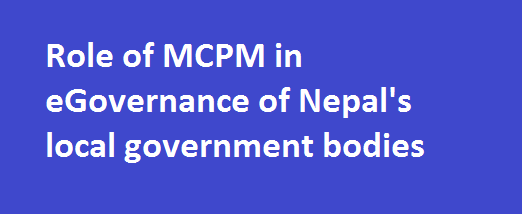
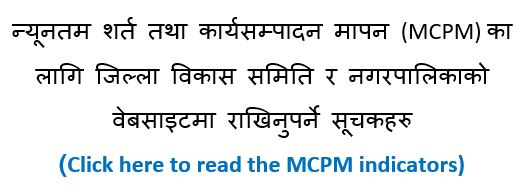

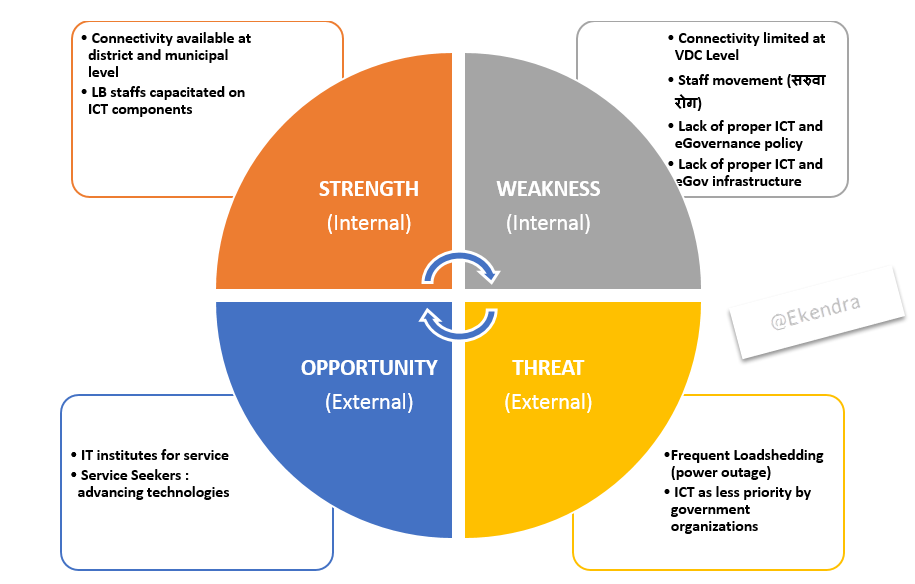
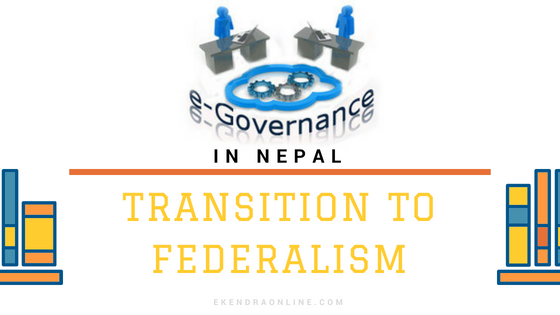
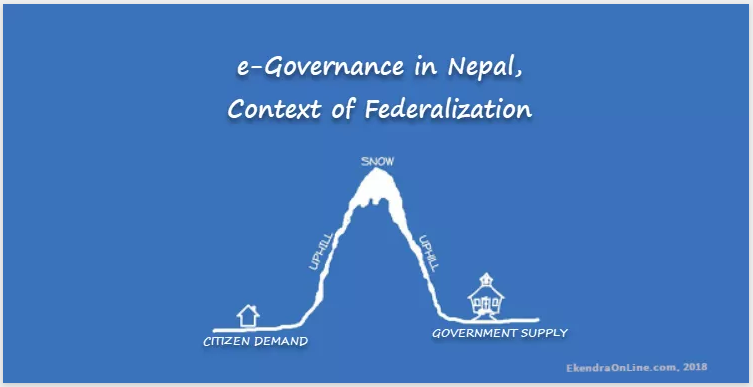

From ICT perspective it is absolutely perfect scenario of MCPM and eGoverance in Nepal, however, as you have stated it's time for MCPM revision and make it practical rather than just numbers and digits to analyze how responsive the local government bodies are.
For an example, Right now spending budget is considered good sign of governance – but there are no criteria or monitoring (even from MoFALD) on which topic and did LBs spend budget as per guidelines……. I have worked for years with UNDP and Government of Nepal programmes and the status of monitoring and following up guidelines has not much changed due to LB's not being responsible towards transparency.